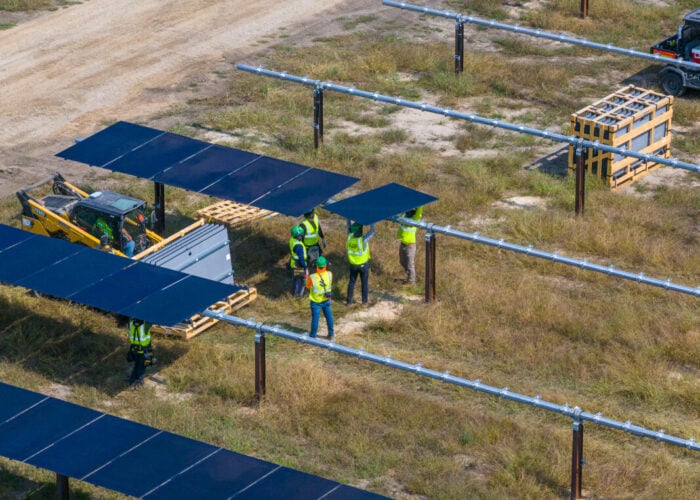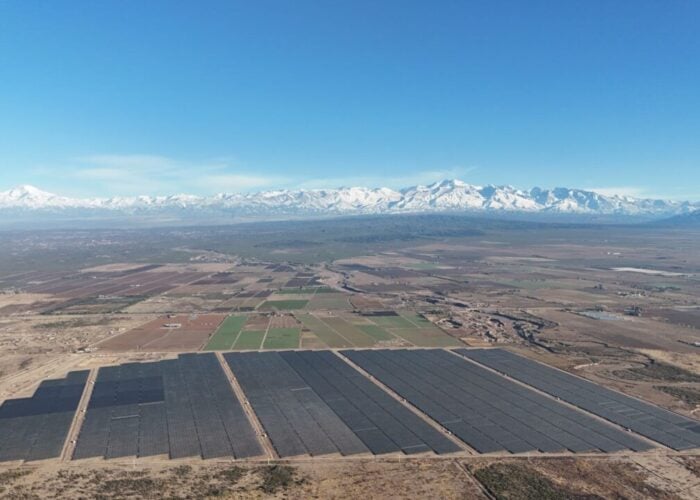
Spanish renewables developer X-Elio has commissioned its first solar-plus-storage project in the US.
Located in Dayton, Texas, the Liberty Energy Project combines 72MW of solar PV with 60MW of battery energy storage system (BESS).
Try Premium for just $1
- Full premium access for the first month at only $1
- Converts to an annual rate after 30 days unless cancelled
- Cancel anytime during the trial period
Premium Benefits
- Expert industry analysis and interviews
- Digital access to PV Tech Power journal
- Exclusive event discounts
Or get the full Premium subscription right away
Or continue reading this article for free
Electricity generated at the Liberty Energy project will be delivered to German chemicals company BASF’s Freeport site through a 12-year power purchase agreement that was signed back in 2022. BASF will procure 48MW of electricity from the Liberty project which would supply the site’s entire power needs.
Construction of the project began in April 2023 and was initially expected to be completed in early 2024. The project represented a US$136.7 million investment from the Spanish renewables developer.
According to Lluís Noguera, chairman and CEO at X-Elio, the solar-plus-storage project represents a “major step” in the company’s expansion in the US, where it is currently developing 2.8GW of solar PV and 2.1GW of storage projects.
Recent data from the US Energy Information Administration (EIA) shows that Texas has been the main driver of solar and energy storage growth in the US this year. In the first half of 2025, Texas represented 27% of all the solar PV additions in the US, or 3.2GW of installed utility-scale PV capacity, while in H2 it is forecast to add a further 9.7GW of utility-scale solar. The state has seen a few very large-scale solar projects commissioned this year, with two 600MW+ plants, one from renewables developer Vesper Energy in April and another one earlier this month from Spanish oil and gas giant Repsol.
For energy storage, the EIA forecasts 7GW of capacity additions in Texas for the whole of 2025, with most of that capacity reaching commercial operations in the second half of this year.






